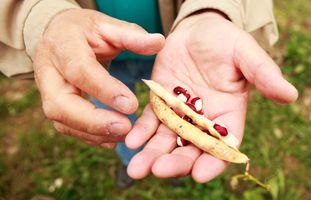Our Vision
We wish to give equal access to minority language communities and youth, the tools to better understand current environmental challenges facing the food system, living soil and healthy water and how it relates to plant and seed propagation.
Help the participants to better understand that we are all built of the same material and that healthy gut microbiome is directly linked to healthy microbiology of the soil. It is like a mirror.
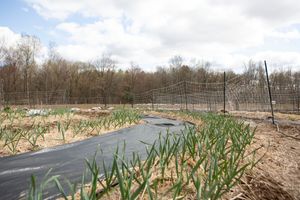
Our goals
1. To engage youth and their families in citizen science with S.T.E.A.M summer camps;
2. To offer programming in minority languages;
3. Encourage Sustainable Recreation practices through Bilingual Services;
4. Engaging local youth in scientific and environmental STEAM camps that encourage stewardship of cultural and natural resources;
5. Facilitating active learning about the biological function of healthy and unhealthy soil and water;
6. Teach remediation techniques using living soil, no-till and permaculture techniques;
7. To better understand the impact of agriculture along the river and riparian edge and which shrubs and trees contribute to its health;
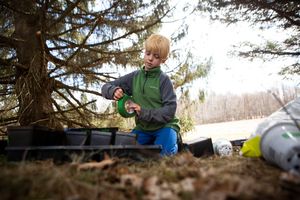
Youth Camps
8. Give youth opportunity to meaningfully engage with other citizens through art and science: Biology, soil analysis, video & photo, Digital Arts, Dance, Music, Graphic arts & agriculture
9. Increase farm stewardship activities to the general public
Our Board
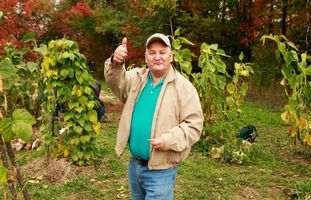
Stephen Angus Mccomber, also known as Silverbear (Silverbeararts), is one of the traditional Mohawk ceremonial managers of the Mohawk Trail Longhouse in Kahnawake. Silverbear is an award winning sculptor and recipient of the Canada Council for the Arts award (1985). His works are part of numerous corporate and private collections... Read More
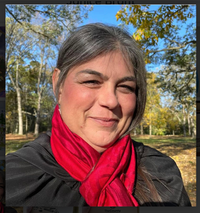
Janice Brant is Kanyanke’ha’ka (Mohawk) from Tyendinaga Mohawk Territory, Ontario, Canada. She sits with the Bear Clan and carries on her family heritage as a dedicated farmer. She was given her Mohawk name … Kahèhtoktha … which means, “she goes the length of the garden”. As a language and culture teacher, Janice perpetuates the knowledge... Read More

Ceta Gabriel, otherwise known as SimpliCita, is a Yoga asana, health, and spiritual wellness practitioner, a multi- disciplinary artist, writer, community advocate and student of life. Her love of beauty in excellence, the arts, dance, music and culture add to her ability to transcend systemic interpersonal obstacles with creativity...
Read More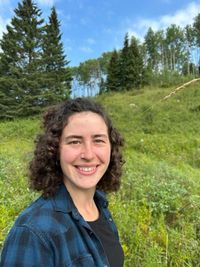
Born and raised in Stanbridge East, I am deeply rooted to and grateful for the land that my family has called home for the past 5 generations. My extended family means everything to me, and they are what I value the most. My earliest jobs have included working in my grandfathers sawmill, splitting and piling wood. Because of my grandfathers... Read More
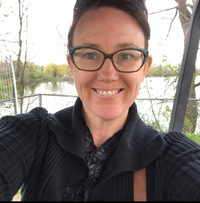
Caili Woodyard is a visual artist and gardener. She is currently studying horticulture and gardening at the École des métiers de l'horticulture de Montréal and holds a BFA in Studio Arts from Concordia University. Early gardening experiences included pulling carrots in PEI and led to years of gardening in backyards, on balconies and... Read More
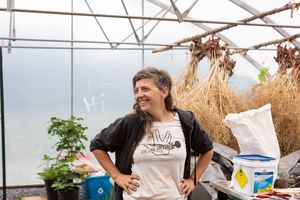
Executive Director
- Seed farmer, teacher, mother, partner and so much more. So happy to be part of this movement of protecting the earth, the life in the soil and water and listening to the knowledge that the forests have to teach us to be better stewards of the land. All I know is that I know enough to do better.

